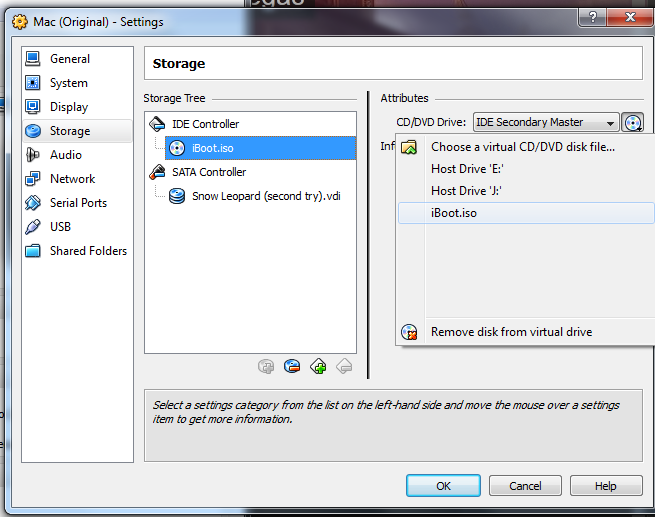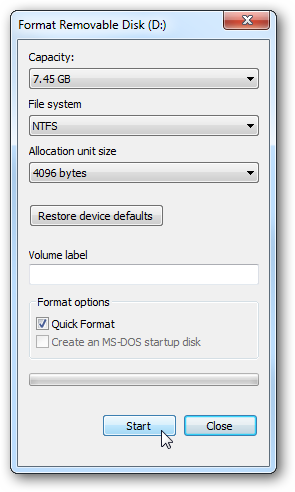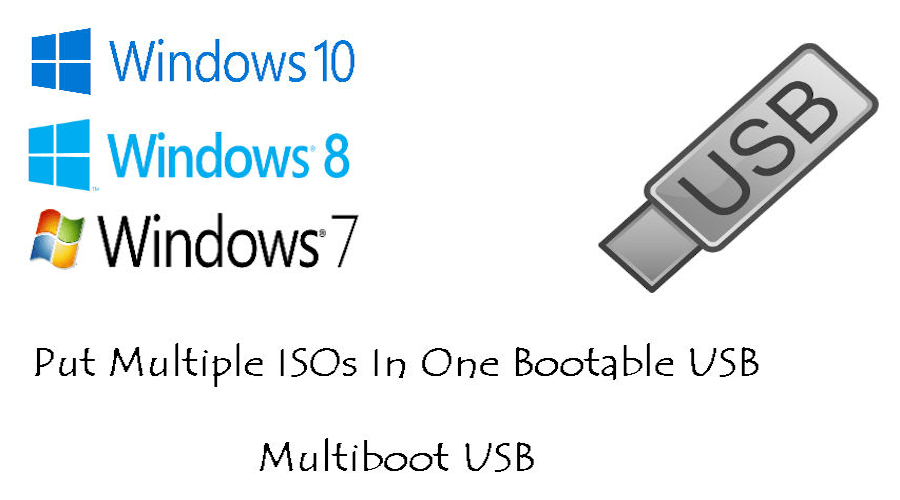
- #HOW TO MAKE A BOOTABLE USB FROM ISO WINDOWS 7 DVD HOW TO#
- #HOW TO MAKE A BOOTABLE USB FROM ISO WINDOWS 7 DVD INSTALL#
- #HOW TO MAKE A BOOTABLE USB FROM ISO WINDOWS 7 DVD FULL#
- #HOW TO MAKE A BOOTABLE USB FROM ISO WINDOWS 7 DVD WINDOWS 10#
- #HOW TO MAKE A BOOTABLE USB FROM ISO WINDOWS 7 DVD ISO#
#HOW TO MAKE A BOOTABLE USB FROM ISO WINDOWS 7 DVD ISO#
Therefore, you need to adopt some special ways to burn, not copy, the ISO files to USB flash drive. The data can only be read after it is burned onto a USB drive or Disc. So you cannot boot computer with that copied files. That way is just copying the exact file, not the data stored in that ISO image file.
#HOW TO MAKE A BOOTABLE USB FROM ISO WINDOWS 7 DVD HOW TO#
How to burn ISO file to USB on Windows 11/10/8/7?īurn ISO files onto a USB flash drive? Just copy the ISO file and paste it onto the USB! See, how easy is it! Sadly, it is different from copying music, videos or pictures to your flash drive. ►Save your computer when it suffers from severe system boot issues. ►Install Windows operating system more easily and convenient from the bootable USB drive than from original Windows installation CD. ►Get a tiny bootable Windows USB drive and carry it to any place and boot any computer. Different users choose to burn ISO image file to a USB flash drive for different reasons: ISO is a file format that is always used on CD, DVD or Blu-ray Disc. Reasons for burning ISO files to USB flash drives However, I don’t know how to burn ISO file to USB drive.
#HOW TO MAKE A BOOTABLE USB FROM ISO WINDOWS 7 DVD WINDOWS 10#
I have recently downloaded Windows 10 ISO image files and I want to burn them onto a USB flash drive which I would like to use to boot a PC. Now you need to go to the Boot directory and copy the contents to a USB flash drive using Copy-Item cmdlet:īootsect.exe /nt60 "$($Results.DriveLetter):"Ĭopy-Item -Path "$($ISO):\*" -Destination "$($Results.“Hello, guys. $Volumes = (Get-Volume).Where().DriveLetter).InputObjectīecause in PowerShell, I could not detect which drive letter was assigned to the mounted ISO image I had to compare the list of disks before and after mounting using Compare-Object.
#HOW TO MAKE A BOOTABLE USB FROM ISO WINDOWS 7 DVD INSTALL#
Mount the install ISO image of Windows 10: $Results = Get-Disk |Where-Object BusType -eq USB |Out-GridView -Title 'Select USB Drive to Create UEFI bootable device' -OutputMode Single |Clear-Disk -RemoveData -RemoveOEM -Confirm:$false -PassThru |New-Partition -UseMaximumSize -IsActive -AssignDriveLetter |Format-Volume -FileSystem FAT32

If you are creating an install USB flash drive with Windows 7 for a UEFI computer, you need to perform additional steps: Create UEFI Bootable USB Drive to Install Windows 7 This completes the process of creating a bootable UEFI flash drive with Windows 10.
#HOW TO MAKE A BOOTABLE USB FROM ISO WINDOWS 7 DVD FULL#
The Windows Installer will assemble the swm files and apply the full wim image to the disk during the install process. The resulting files (install.swm, install2.swm, install3.swm …) need to be copied to the USB flash drive into the directory F:\sources. Imagex /split D:\sources\install.wim c:\tmp\install.swm 3000 To do this, you can use the command Dism /Split-Image:ĭism /Split-Image /ImageFile:D:\sources\install.wim /SWMFile:c:\tmp\install.swm /FileSize:3000 In this case, you will have to split the install.wim file into several files up to 4 GB in size (for example, 3 GB files). The size of the install.wim file may be more than 4 GB if you integrated updates, drivers, etc. Since the maximum file size on the FAT32 file system should not exceed 4 GB, you won’t be able to copy the large image file install.wim.

Step-by-step guide on how to create a boot Windows flash drive for a UEFI system using diskpart: The procedure described below is suitable for advanced users, is performed from the command line and allows you to fully control (and understand) all the steps in the process of creating a bootable USB flash drive. You can create a bootable UEFI flash drive with the Windows install image manually. Using Diskpart to Create UEFI Boot-Stick with Windows After 10-15 minutes, your bootable USB flash drive with Windows install image for UEFI computer is ready.

Run the Rufus tool with administrator privileges and specify the following settings: In addition, it works much faster than analogs. The tool is quite compact (about 1 MB), doesn’t require installation and it’s completely free. At the moment, the Rufus version 3.10 is available on the developer’s website. It is much easier for novice users to create bootable UEFI flash drive for installing Windows using the graphical interface of the popular Rufus utility. Using Rufus to Create Windows UEFI USB stick


 0 kommentar(er)
0 kommentar(er)
